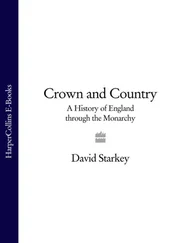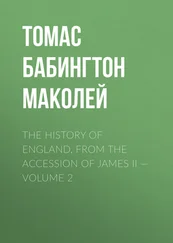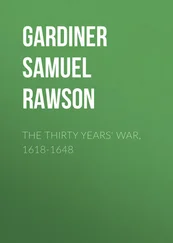Samuel Gardiner - A Student's History of England, v. 2 - 1509-1689
Здесь есть возможность читать онлайн «Samuel Gardiner - A Student's History of England, v. 2 - 1509-1689» — ознакомительный отрывок электронной книги совершенно бесплатно, а после прочтения отрывка купить полную версию. В некоторых случаях можно слушать аудио, скачать через торрент в формате fb2 и присутствует краткое содержание. Издательство: Иностранный паблик, Жанр: История, foreign_antique, foreign_prose, на английском языке. Описание произведения, (предисловие) а так же отзывы посетителей доступны на портале библиотеки ЛибКат.
- Название:A Student's History of England, v. 2: 1509-1689
- Автор:
- Издательство:Иностранный паблик
- Жанр:
- Год:неизвестен
- ISBN:нет данных
- Рейтинг книги:3 / 5. Голосов: 1
-
Избранное:Добавить в избранное
- Отзывы:
-
Ваша оценка:
- 60
- 1
- 2
- 3
- 4
- 5
A Student's History of England, v. 2: 1509-1689: краткое содержание, описание и аннотация
Предлагаем к чтению аннотацию, описание, краткое содержание или предисловие (зависит от того, что написал сам автор книги «A Student's History of England, v. 2: 1509-1689»). Если вы не нашли необходимую информацию о книге — напишите в комментариях, мы постараемся отыскать её.
A Student's History of England, v. 2: 1509-1689 — читать онлайн ознакомительный отрывок
Ниже представлен текст книги, разбитый по страницам. Система сохранения места последней прочитанной страницы, позволяет с удобством читать онлайн бесплатно книгу «A Student's History of England, v. 2: 1509-1689», без необходимости каждый раз заново искать на чём Вы остановились. Поставьте закладку, и сможете в любой момент перейти на страницу, на которой закончили чтение.
Интервал:
Закладка:
Samuel Rawson Gardiner
A Student's History of England, v. 2: 1509-1689 / From the Earliest Times to the Death of King Edward VII
GENEALOGICAL TABLES
I
KINGS AND QUEENS OF ENGLAND (AFTER 1541 OF ENGLAND AND IRELAND) FROM HENRY VII. TO ELIZABETH

II
KINGS OF SCOTLAND AND GREAT BRITAIN, FROM JAMES IV. OF SCOTLAND TO WILLIAM AND MARY
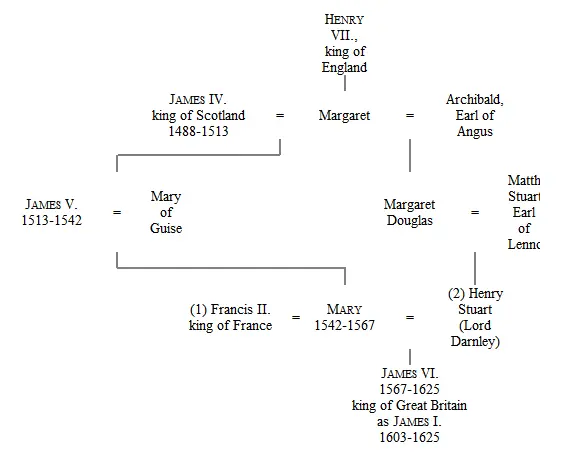
III
KINGS OF GREAT BRITAIN AND IRELAND FROM JAMES I. TO GEORGE I
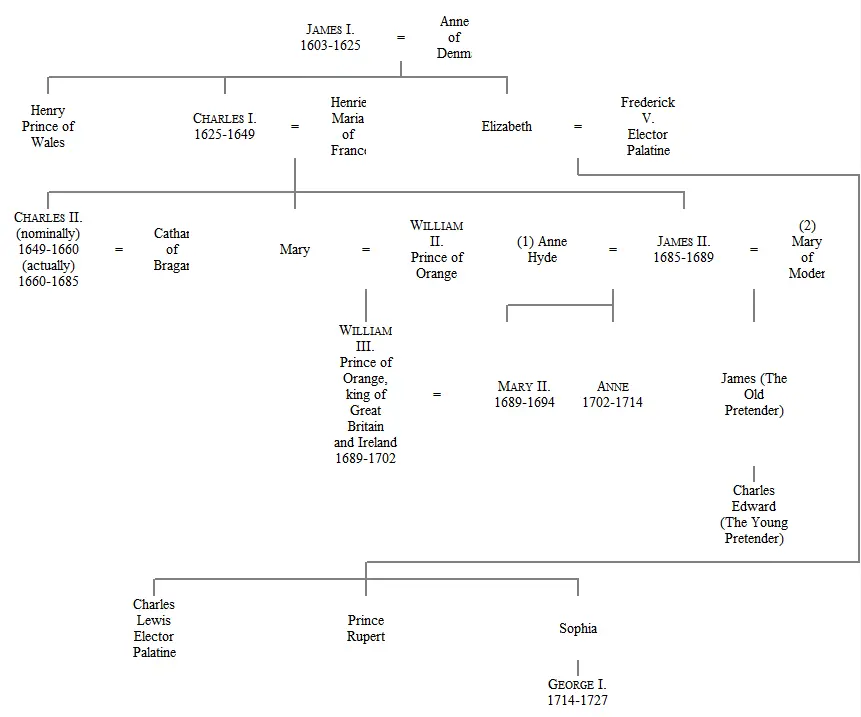
IV
GENEALOGY OF THE KINGS OF FRANCE FROM LOUIS XII. TO LOUIS XIV., SHOWING THEIR DESCENT FROM LOUIS IX
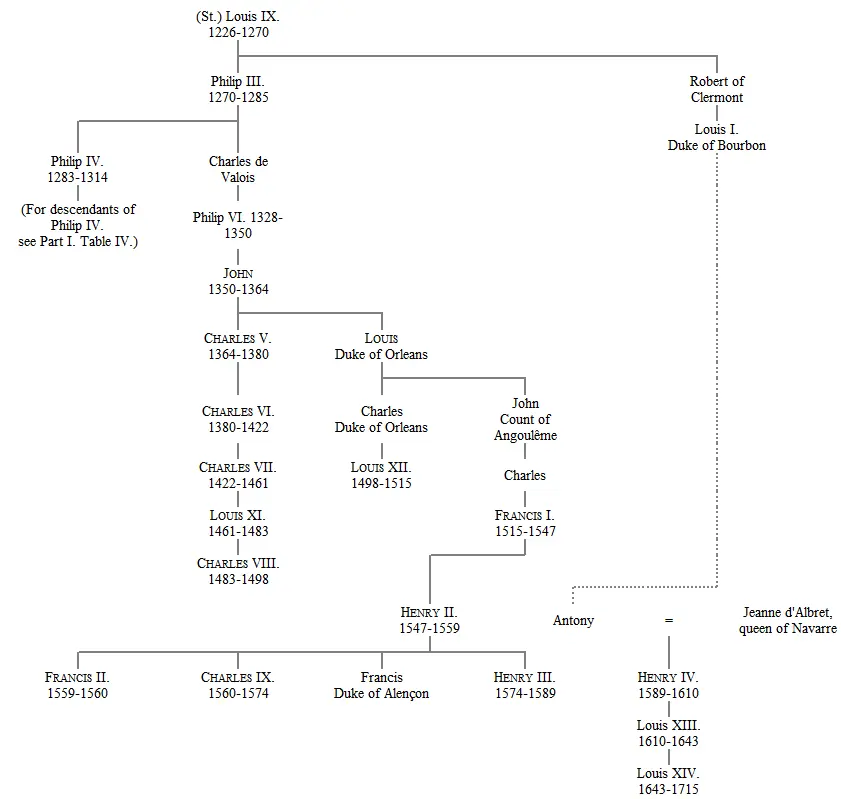
V
GENEALOGY OF THE KINGS OF SPAIN FROM FERDINAND AND ISABELLA TO CHARLES II
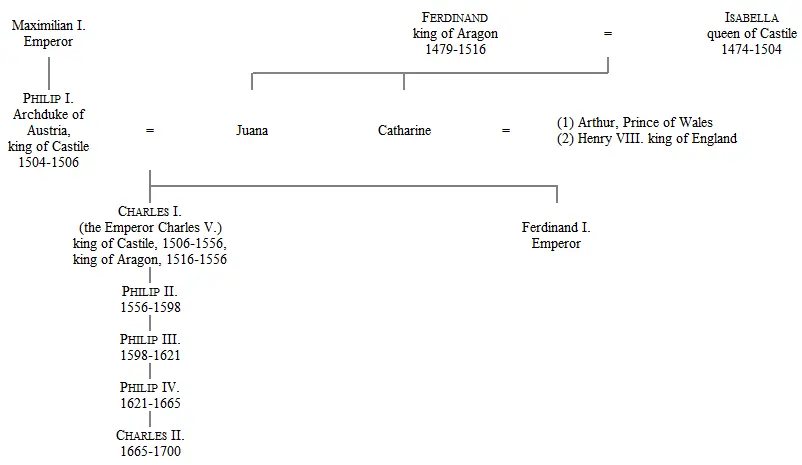
VI
GENEALOGY OF THE GERMAN BRANCH OF THE HOUSE OF AUSTRIA FROM FERDINAND I. TO LEOPOLD I
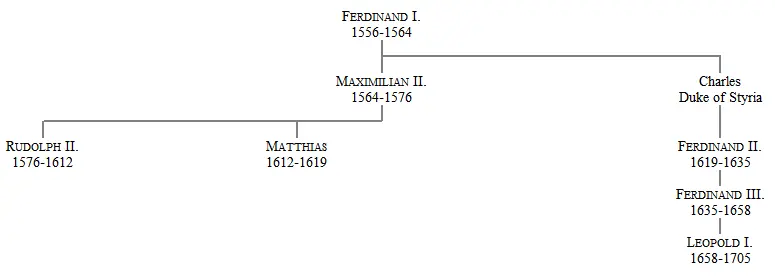
VII
GENEALOGY OF THE PRINCES OF ORANGE FROM WILLIAM I. TO WILLIAM III

PAGE
Genealogy of the Poles 399
" " children of Henry VIII. 411
" " Greys 421
" " last Valois kings of France 433
" " Guises 435
" of Mary and Darnley 438
" of the descendants of Charles I. 609
PART V
THE RENASCENCE AND THE REFORMATION 1509-1603
CHAPTER XXIV
HENRY VIII. AND WOLSEY. 1509-1527
• Accession of Henry VIII. 1509
• Henry's first war with France 1512
• Peace with France 1514
• Charles V. elected Emperor 1519
• Henry's second French war 1522
• Francis I. taken captive at Pavia 1525
• The sack of Rome and the alliance between England and France 1527
1. The New King. 1509.– Henry VIII. inherited the handsome face, the winning presence, and the love of pleasure which distinguished his mother's father, Edward IV., as well as the strong will of his own father, Henry VII. He could ride better than his grooms, and shoot better than the archers of his guard. Yet, though he had a ready smile and a ready jest for everyone, he knew how to preserve his dignity. Though he seemed to live for amusement alone, and allowed others to toil at the business of administration, he took care to keep his ministers under control. He was no mean judge of character, and the saying which rooted itself amongst his subjects, that 'King Henry knew a man when he saw him,' points to one of the chief secrets of his success. He was well aware that the great nobles were his only possible rivals, and that his main support was to be found in the country gentry and the townsmen. Partly because of his youth, and partly because the result of the political struggle had already been determined when he came to the throne, he thought less than his father had done of the importance of possessing stored up wealth by which armies might be equipped and maintained, and more of securing that popularity which at least for the purposes of internal government, made armies unnecessary. The first act of the new reign was to send Empson and Dudley to the Tower, and it was significant of Henry's policy that they were tried and executed, not on a charge of having extorted money illegally from subjects, but on a trumped up charge of conspiracy against the king. It was for the king to see that offences were not committed against the people, but the people must be taught that the most serious crimes were those committed against the king. Henry's next act was to marry Catharine. Though he was but nineteen, whilst his bride was twenty-five, the marriage was for many years a happy one.
2. Continental Troubles. 1508-1511.– For some time Henry lived as though his only object in life was to squander his father's treasure in festivities. Before long, however, he bethought himself of aiming at distinction in war as well as in sport. Since Louis XII. had been king of France (see p. 354) there had been constant wars in Italy, where Louis was striving for the mastery with Ferdinand of Aragon. In 1508the two rivals, Ferdinand and Louis, abandoning their hostility for a time, joined the Emperor Maximilian (see pp. 337, 348) and Pope Julius II. in the League of Cambrai, the object of which was to despoil the Republic of Venice. In 1511Ferdinand allied himself with Julius II. and Venice in the Holy League, the object of which was to drive the French out of Italy. After a while the new league was joined by Maximilian, and every member of it was anxious that Henry should join it too.
3. The Rise of Wolsey. 1512.– England had nothing to gain by an attack on France, but Henry was young, and the English nation was, in a certain sense, also young. It was conscious of the strength brought to it by restored order, and was quite ready to use this strength in an attack on its neighbours. In the new court it was ignorantly thought that there was no reason why Henry VIII. should not take up that work of conquering France which had fallen to pieces in the feeble hands of Henry VI. To carry on his new policy Henry needed a new minister. The best of the old ones were Fox, the Bishop of Winchester, and Thomas Howard, Earl of Surrey, who, great nobleman as he was, had been contented to merge his greatness in the greatness of the king. The whole military organisation of the country, however, had to be created afresh, and neither Fox nor Surrey was equal to such a task. The work was assigned to Thomas Wolsey, the king's almoner, who, though not, as his enemies said, the son of a butcher, was of no exalted origin. Wolsey's genius for administration at once manifested itself. He was equally at home in sketching out a plan of campaign, in diplomatic contests with the wariest and most experienced statesmen, and in providing for the minutest details of military preparation.
4. The War with France. 1512-1513.– It was not Wolsey's fault that his first enterprise ended in failure. A force sent to attack France on the Spanish side failed, not because it was ill-equipped, but because the soldiers mutinied, and Ferdinand, who had promised to support it, abandoned it to its fate. In 1513Henry himself landed at Calais, and, with the Emperor Maximilian serving under him, defeated the French at Guinegatte in an engagement known, from the rapidity of the flight of the French, as the Battle of the Spurs. Before the end of the autumn he had taken Terouenne and Tournai. War with France, as usual, led to a war with Scotland. James IV., during Henry's absence, invaded Northumberland, but his army was destroyed by the Earl of Surrey at Flodden, where he himself was slain.
Читать дальшеИнтервал:
Закладка:
Похожие книги на «A Student's History of England, v. 2: 1509-1689»
Представляем Вашему вниманию похожие книги на «A Student's History of England, v. 2: 1509-1689» списком для выбора. Мы отобрали схожую по названию и смыслу литературу в надежде предоставить читателям больше вариантов отыскать новые, интересные, ещё непрочитанные произведения.
Обсуждение, отзывы о книге «A Student's History of England, v. 2: 1509-1689» и просто собственные мнения читателей. Оставьте ваши комментарии, напишите, что Вы думаете о произведении, его смысле или главных героях. Укажите что конкретно понравилось, а что нет, и почему Вы так считаете.


